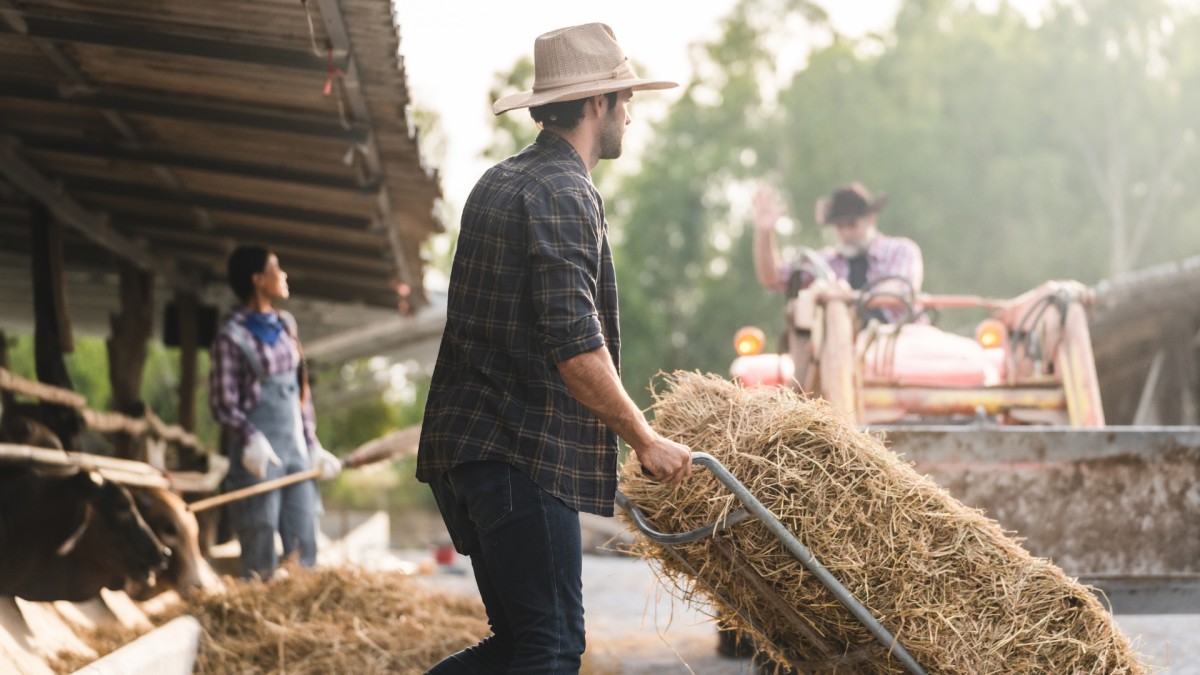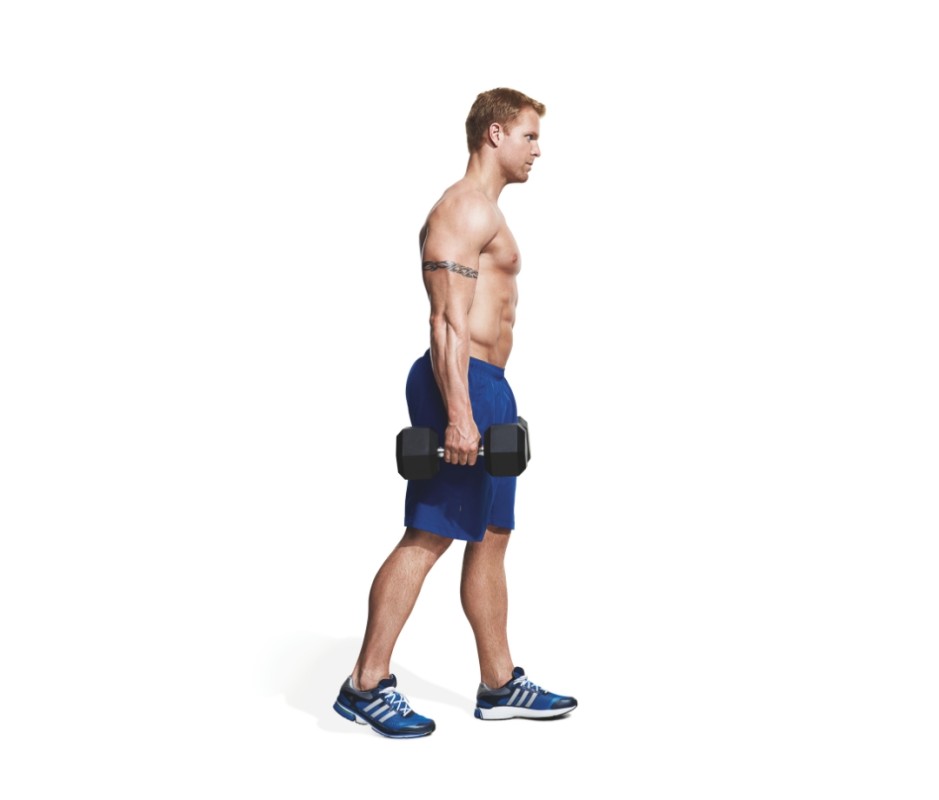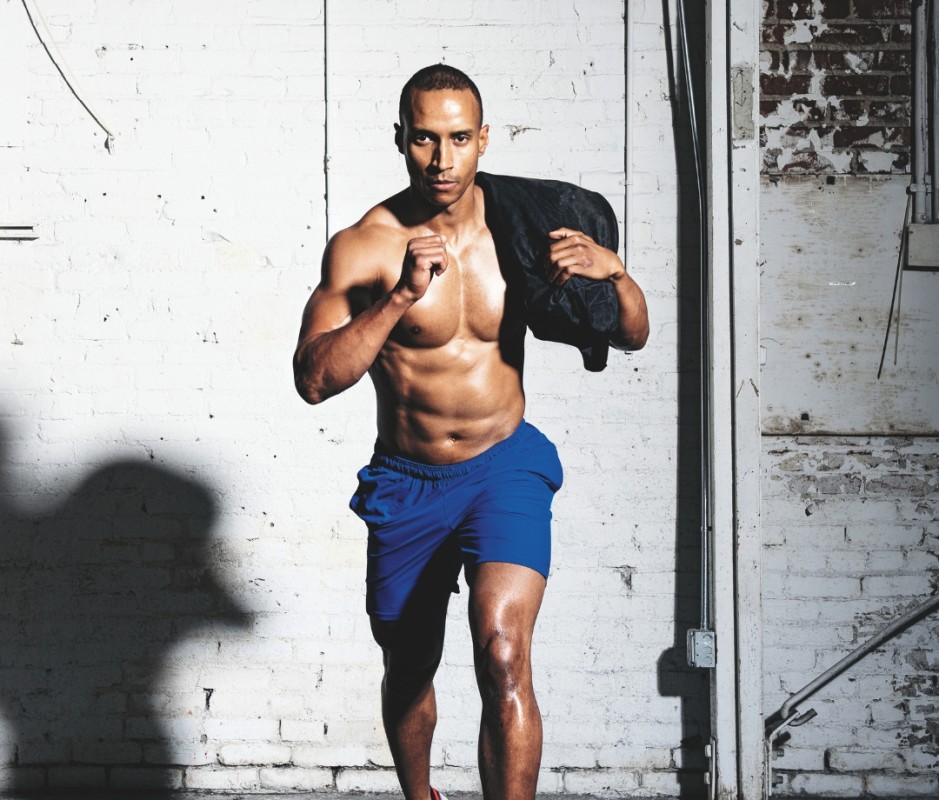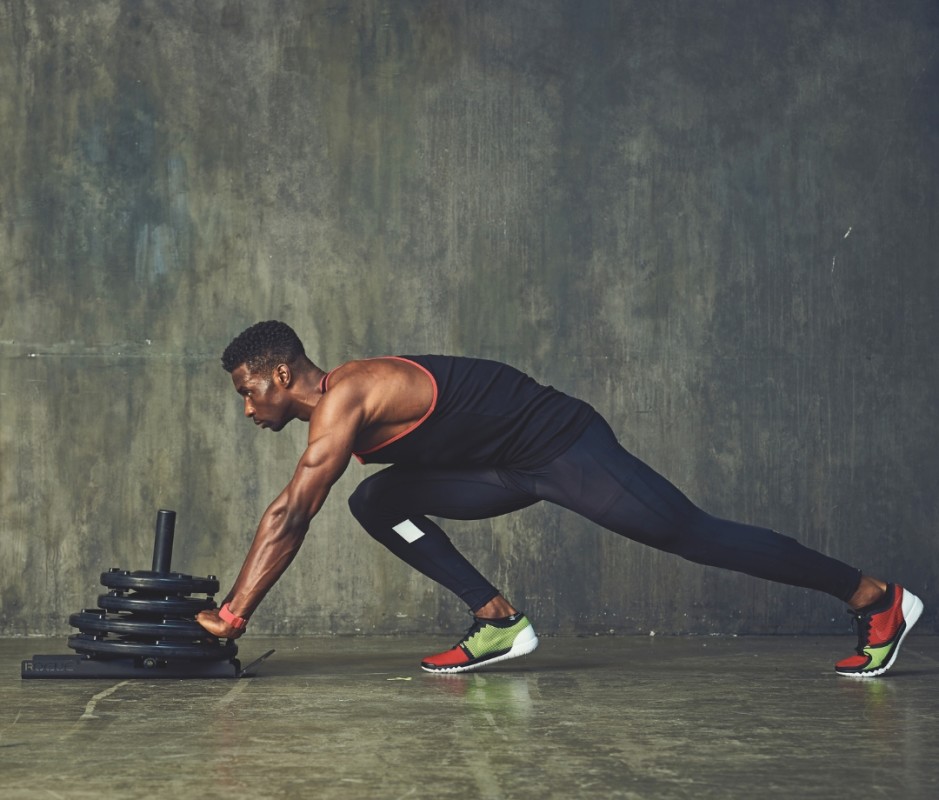Why Most Farmers Are Accidentally Jacked—And How You Can Copy Their Routine
The best workouts don’t always happen in a gym.

If you've ever seen a farmer in the wild, you've probably noticed how fit they are. Their backs are broad, their arms are huge, and they can easily haul bags of feed or even animals draped over their shoulders. So, how do these men (and women) build all that muscle?
The simple answer is functional fitness. And no, it’s not the kind you see at the gym with deadlifts and squats (though they do these exercises too, just without the barbells). It’s all about lifting heavy stuff over and over again and using their bodies in ways most of us only experience on a smaller scale, like carrying groceries or moving furniture up a flight of stairs.
"Long before functional fitness became a trend, farmers were grinding through the original strength training program—lifting awkward loads, moving all day, and building real-world muscle the hard way," says Luke Jones, a certified personal trainer at HERO Movement. "Their daily work has them lifting, dragging, pushing, squatting, walking—often with little rest and plenty of intensity. Largely full-body, compound movements as opposed to isolated muscle work. And when that effort is repeated day in, day out, it builds serious strength, muscular endurance, and a solid, capable frame without touching a barbell."
Farming as Functional Fitness
Gym workouts are a solid way to build strength, size, and endurance—but let’s be real, they’ve got nothing on real-world training. A farmer’s day-to-day life checks nearly every box when it comes to movement: strength, cardio, mobility, balance, and coordination. They’re hauling heavy, awkward loads across uneven terrain, relying on pure power, stability, and a hell of a lot of grit to get the job done.
"You’re lifting awkward, heavy stuff, carrying it around, pushing and pulling things that fight back–it’s like a full-body workout without the machines," says Rob Moal, a certified personal trainer, strength coach, and owner of Train Like Rob. "That kind of raw, functional strength training is what actually translates to real life."
Related: Sharpen Your Coordination With This Unconventional Balance Exercise
What Gym-Goers Can Learn From Farmers' Movements
Don’t shy away from doing real-world movements and lifting awkward, oddly shaped objects—this is the way farmers get strong. As Jones puts it, the key to training like a farmer is focusing on movements, not just muscles.
"While isolating the biceps or quads can be valuable, you'll get more from patterns like carrying, hinging, squatting, and rotating—often while under load or in motion," he says. "Add in tempo, longer time under tension, and don’t be afraid of oddly shaped objects."
Farmers Carry

Beth Bischoff
"Carries are simple but brutal—in a good way," Jones says. "Whether it’s kettlebells, dumbbells, a sandbag, or just grocery bags, loaded carries build grip, core stability, posture, and mental resilience. They’re scalable, low-skill, and incredibly effective for building strength and muscle mass that translates outside the gym."
How to Do It
- Stand tall with a weight in each hand.
- Maintain a tall chest, retract shoulder blades, and keep weights from resting on thighs.
- Walk forward, using choppy, heel-to-toe steps. Ensure that your head is facing forward and your posture is rigid.
Sandbag Run
"Unlike a barbell, a sandbag doesn’t care about symmetry or convenience," Jones says. "It shifts, sags, and fights back every step of the way. It forces you to stabilize with your entire body, recruiting more muscles in more directions. It’s rarely clean or pretty, which makes it perfect prep for the unpredictability of life." Jose Mandojana
How to Do It
- Start with feet hip-width apart, the bag on the ground in front of you.
- Grip handles and clean the bag as you would a barbell, using your legs and glutes to propel the bag upward, flipping it over midair and catching the bag at upper-chest level.
- Then rest it on your shoulder. Brace core and run across the gym floor, outdoors, or on a treadmill.
- Run 200 meters.
Sled Pull and Push
"Sleds build power and conditioning without the wear and tear of traditional lifting," Jones says. "There’s no eccentric load, so they’re joint-friendly, but still brutal on the legs, glutes, and lungs. Whether you’re pushing heavy or sprinting light, it’s about intent and effort. Few things build 'get-it-done' grit quite like a loaded sled." James Michelfelder
How to Do It
- Facing the sled, pull the straps taut with straight arms.
- Slightly bend your knees as you pull the straps in a row movement toward you.
- Then drop the straps, place you hands on the sled with your arms straight and flexed, and drive the sled forward using slow, controlled steps.










































































